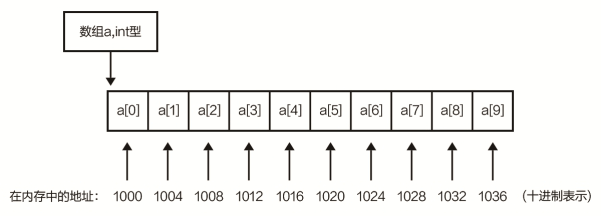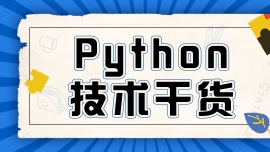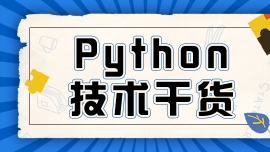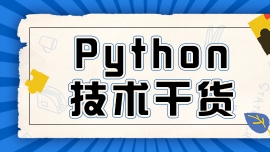列表和字符串都是Python中的序列类型,它们有很多共同特性,如都可以进行“+”操作和“*”操作,都可以使用for循环迭代等。
为什么要使用序列呢?通过图中有序与无序的对比可能会得出答案,在很多情况下,有序的序列可能会更加方便操作。

序列是有序元素的集合。在计算机中,序列的一个典型示例就是在内存中保存数据,内存的地址是从小到大有序排列的,每一个地址存放一个数据,如图所示。

实际上,Python中的序列有一些操作是通用的,即可以用到每一种序列类型中。以下序列操作分别用列表和字符串举例。
1. min()函数和max()函数
min()函数和max()函数分别返回序列的最小项和最大项。
- >>> numbers = [15, -2, 3, 42, 102]
- >>> max(numbers)
- 102
- >>> min(numbers)
- -2
- >>> max('Python')
- 'y'
- >>> min('Python')
- 'P'
2. in和not in
使用in和not in操作符来判断某个子序列是否在该序列中:
- >>> 1 in [1, 2, 3]
- True
- >>> 4 not in [1, 2, 3]
- True
- >>> 'p' in 'Python' # Python区分大小写
- False
- >>> 'yth' in 'Python' # 不仅仅可以判断单个字符
- True
3. “+”和“*”
使用“+”操作符来拼接序列,使用“*”操作符来重复相加序列:
- >>> 'Py' + 'thon'
- 'Python'
- >>> 'I love you!' * 5
- 'I love you!I love you!I love you!I love you!I love you!'
列表的“+”操作与extend()方法类似,但是“+”操作不是就地操作,有返回值:
- >>> list1 = [1, 2, 3]
- >>> list2 = [4, 5, 6]
- >>> list3 = list1 + list2
- >>> list3
- [1, 2, 3, 4, 5, 6]
- >>> list4 = list1.extend(list2)
- >>> list4 # list4是None
- >>> list1 # list2追加到了list1上
- [1, 2, 3, 4, 5, 6]
包含数字的列表和包含字符串的列表进行“*”操作:
- >>> numbers_list = [1] * 3
- >>> strings_list = ['Python'] * 3
- >>> numbers_list
- [1, 1, 1]
- >>> strings_list
- ['Python', 'Python', 'Python']
- >>> numbers_list[0] = 3
- >>> strings_list[0] = 'C'
- >>> numbers_list
- [3, 1, 1]
- >>> strings_list
- ['C', 'Python', 'Python']
4. 索引和切片
索引和切片都是通用的序列操作,因此,不仅列表有索引和切片,字符串也有索引和切片:
- >>> word = 'Python'
- >>> word[0] # 第1个字符
- 'P'
- >>> word[-2] # 倒数第2个字符
- 'o'
- >>> word[:2] # 前2个字符
- 'Py'
- >>> word[:2] + word[2:] # 字符拼接
- 'Python'
- >>> word[-3:] # 后3个字符
- 'hon'
5. len()函数
len()函数用于获取序列的长度:
- >>> words = """Python is a programming language that lets you work quickly and integrate systems more effectively."""
- >>> len(words)
- 99
- >>> lists_ = ['Python', 312, []]
- >>> len(lists)
- 3
6. index()方法
序列中的index()方法用于查找第一个出现指定子序列的索引位置,如果不存在,那么会抛出ValueError异常:
- >>> word = 'banana'
- >>> word.index('a')
- 1
- >>> word.index('na')
- 2
- >>> word.index('an')
- 1
- >>> word.index('c')
- Traceback (most recent call last):
- File "
" , line 1, in- ValueError: substring not found
index()方法也可以指定查找范围,即查找索引位置的起始值和结束值:
- >>> numbers = [3, 1, 4, 1, 5]
- >>> numbers.index(1)
- 1
- >>> numbers.index(1, 2)
- 3
- >>> word = 'banana'
- >>> word.index('a', 2, 4)
- 3
7. count()方法
不仅仅是列表,每一种序列类型都有count()方法:
- >>> word = 'banana'
- >>> word.count('a')
- 3
- >>> word.count('na')
- 2
- >>> word.count('c')
- 0
- >>> numbers = [1, 0, 1, 0, 1, 1]
- >>> numbers.count(0)
- 2
- >>> numbers.count(1)
- 4
如果对Python开发感兴趣或者想要深入学习的现在可以免费领取学习大礼包哦(点击领取80G课程资料 备注:领资料)。


 2020-10-30 09:49:02
2020-10-30 09:49:02




 [2023-08-17]
[2023-08-17] 572
572






